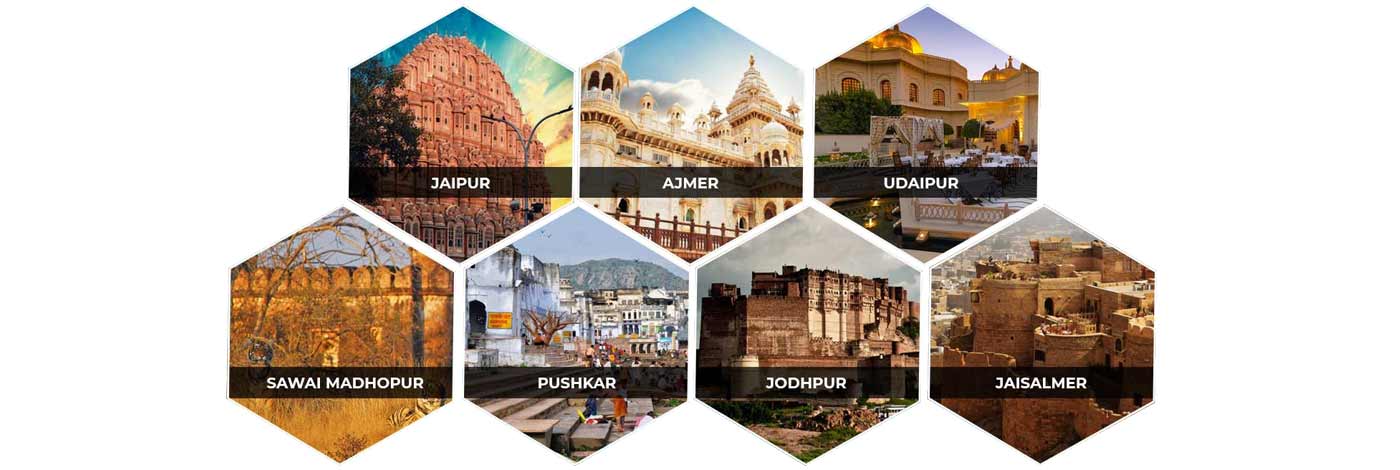
Darrah Sanctuary in Kota
The Darrah Wildlife Sanctuary is spread over an area of 250 sq. kms and is strategically located 50 kms. away from the town of Kota. In the days of yore, Darrah Wildlife Sanctuary used to be the royal hunting ground of the erstwhile maharaja of Kota. This sanctuary is densely wooded and is spread over a hilly terrain. The Darrah Wildlife Sanctuary was officially declared as a protected area in 1955. Some of the resident species of this mysterious sanctuary are wolf, cheetah, nilgai, deer and wild boar. The Forest Department runs a Rest House at Darrah Wildlife Sanctuary but the amenities are basic and at best sketchy. A visit to Darrah sanctuary can be complimented by a visit to Jhalwar, which is in close proximity to the sanctuary. There is a marvelous fort but is in urgent need of restoration. The Jenana Khas is particularly very attractive and is located inside the fort. There is Jhairapatan, which is renowned for the ruins of the Sun temple which was built way back in the 10th century. A plethora of ancient temples, most of them built between the 7th - 8th centuries are located along the banks of Chandrabhaga river. Visiting the haunting Darrah Wildlife Sanctuary is a very rewarding experience as it provides not only the wild side of Rajasthan but also its rich past. One has to bear in mind that the sanctuary is out of bounds to visitors from July till September.
Attractions of Darrah Wildlife Sanctuary :
It is reachable via a drive through the hilly area. Earlier it was the hunting preserve of the Maharaja and the royal family of Kota State. It was established as a Wildlife Sanctuary in the year 1955 and now covers an area of 250 Sq. Km. This thickly forested Sanctuary houses many rare trees and plants having medicinal properties and is a habitat to Antelopes, Bears, Chinkaras, Leopards, Panthers, Sambhars, Sloth Bears, Spotted Deers, Wild Boars and Wolves. It also houses the old hunting lodges built by the erstwhile rulers of Kota and a Forest Department Guest House.
Darrah National Park History
Talking about Darrah Wildlife Sanctuary, as it was a royal game hunting reserve of the Maharaja of Kota because this park is the home of various wildlife species, colorful birds, reptiles and astonishing wildlife creatures. The name Darrah is taken as the ‘pass’ in the local language revealing the purpose that the region served earlier. The Marathas, Rajputs and the British utilized the opportune position of the forest to seek asylum during war.
Inside Darrah National Park
In this place tourist will get to see the spotted Deer, Wild boars, Bears, Sambhar, Leopards, Panthers and Antelopes. In the Desert National Park you will find great Indian Bustard. Some other beautiful animals will include to Chinkara, Wolf, Blackbuck Indian Fox, Desert Fox, Hare and Desert Cat. Among the birds you can find grey partridge. You can also find birds like blue tailed and green bee-eaters, drongos, common and bush quail and Indian rollers. The leopard, jackal, hyena jungle cat, sambar, spotted deer and nilgai are the main attractions of this sanctuary. There are many historical monuments in the sanctuary. The famous Gagron fort near Jhalawar surrounded on three sides by the Kalisindh River, is also situated on the fringes of the sanctuary.
Rajasthan Wildlife
Rajasthan brings to mind the images of forts, palaces, lakes, colourful festivals and the mighty Thar Desert. Rajasthan is a land of varied topography, ranging from the semi green forests of Mount Abu to dry grasslands of the desert, and from the dry deciduous thorn forest of Aravali to wetlands of Bharatpur. Each of these areas is home to variety of rare as well as endangered animal and bird species. The sanctuaries and the wildlife parks here attract the migratory birds and become their temporary home. Migratory birds like the common crane, ducks, coots, pelicans and the rare Siberian cranes, imperial sand grouse, falcons, buzzards flocks to this state during the winter season. In the season time, the whole place echoes with enchanting sounds and fascinating visuals against the sprawling meadow of flora. Each of these areas is a haven for a wide spectrum of wildlife, bestowing the state with some of the most fascinating wildlife sanctuaries in India.
With its unconventional beauty and varied attractions, Rajasthan simply charms its way into our hearts. However, there is another aspect of Rajasthan that draws visitors in hordes. Well, it is Rajasthan's rich wildlife that makes adventure lovers and wildlife enthusiasts flock its national parks and wildlife sanctuaries every year. A very well known fact is that Rajasthan has a variety of flora and fauna. Rajasthan is the haven of the tigers and many endangered species. Rajasthan is the home of some rare species of tigers, blackbucks, chinkara, the desert fox, the endangered caracal, the great Indian bustard, gavial, monitor lizard, wild boars, porcupine, etc. The leopard (panther) here is found in forests and in open degraded forest areas with rocky outcrops adjoining towns and villages. Each type of ecosystem is host to some rare species, so they have been marked as special area wildlife.
Rajasthan boasts of three national parks and over a dozen sanctuaries that offer a fascinating variety of birds and beasts, of flora and fauna and of hilly and forested terrain. Most of these areas are open to visitors round the year but are closed briefly during the monsoon. The wildlife sanctuaries in Rajasthan offer some of the best wildlife tours in India and can be explored either by jeep or on elephant back. So, get set for a jeep or elephant safari and enjoy a close encounter with the wild beasts and beautiful birds in their natural habitat. For those looking for adventure, these wildlife sanctuaries of Rajasthan provide the kind of excitement that really makes the adrenaline flow.
The Nahargarh Biological Park has a variety of vegetation and several species of wild beasts. The Jhalana Nature Trail, Arboretum Park, Amrita Devi Park and Machia Safari Park are the other popular ones. Around 550 species of birds can be traced in the lakes, ponds, marshlands and grasslands of Rajasthan. They are an absolute paradise for bird lovers most of which are residents. The best colony of birds in the world is Kealodeo National Park situated in Bharatpur. The Keoladeo Ghana National Park at Bharatpur is a bird sanctuary that is visited, every year, by our feathered friend from distant lands. It is famous for the exotic Spoonbills and Siberian Cranes. It has more than 400 species of birds and more than 130 of them breed inside the park. Being a unique bird place, the UNSECO has recognized it as a world heritage site. The Sariska Wildlife Sanctuary and the Ranthambore National Park are tiger reserves and homes to the royal Indian tiger. These destinations have a large variety of other wild species including the wild boar, jackal, sambar and nilgai. The Ranthambore National Park is also a heritage site, as it houses the magnificent ruins of a thousand-year-old fort.
The best season for bird watching begins with the onset of winter when marshlands and lakes are inhabited by migratory birds as well as resident birds. Flamingos, too can be seen in salt-water lakes like Pachpadra near Barmer and Sambhar near Jaipur. The major wetlands other than Bharatpur in Rajasthan.
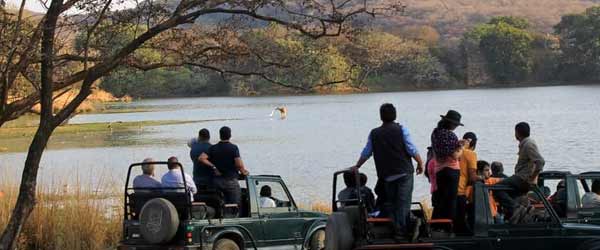
Ranthambore National Park
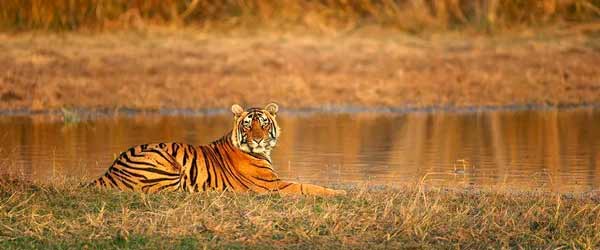
Sariska National Park, Alwar
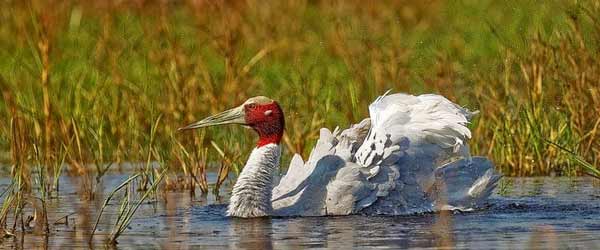
Keoladeo Ghana Bird Sanctuary
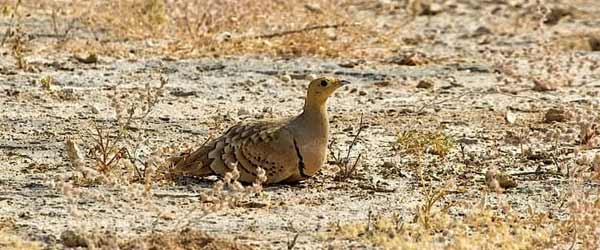
Desert National Sanctuary
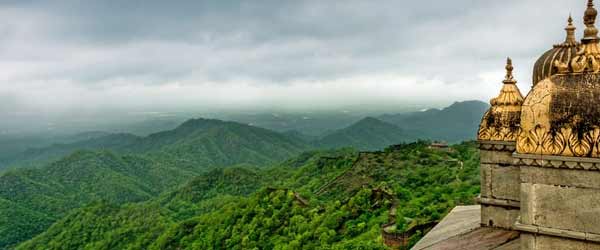
Kumbhalgarh Wildlife Sanctuary
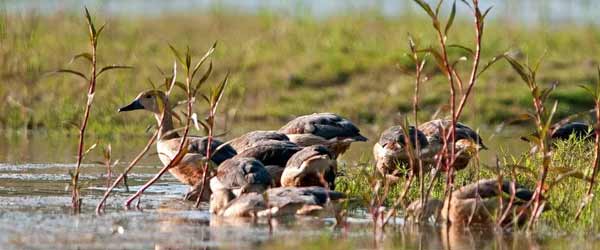
Darrah Sanctuary, Kota
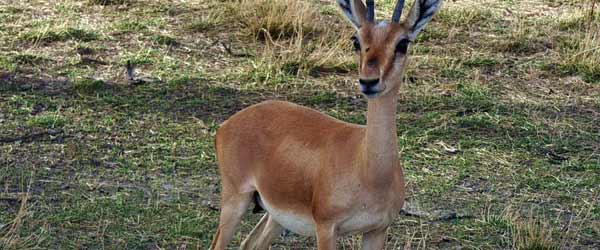
Mount Abu Sanctuary
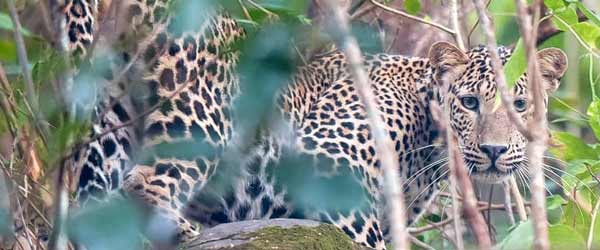
Sita Mata Sanctuary, Pratapgarh
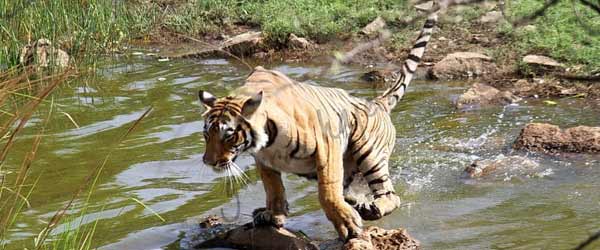
Keladevi Wildlife Sanctuary
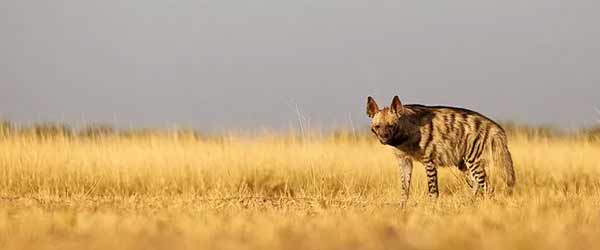
National Chambal Wildlife
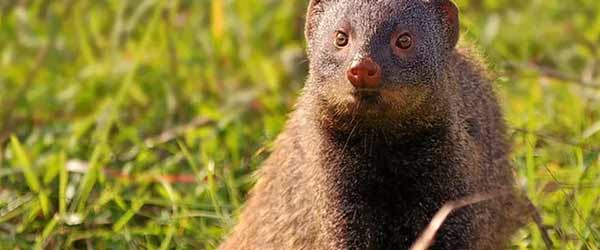
Machiya Safari Park, Jodhpur
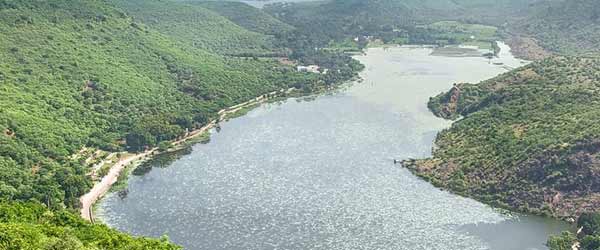
Ramgarh Vishdhari Sanctuary
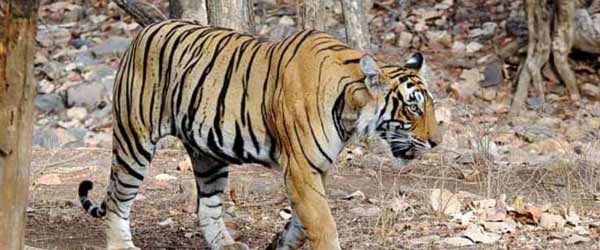
Mukundara Tiger Reserve, Kota
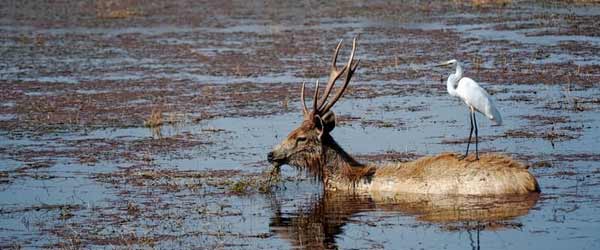
Baretha Wildlife sanctuary
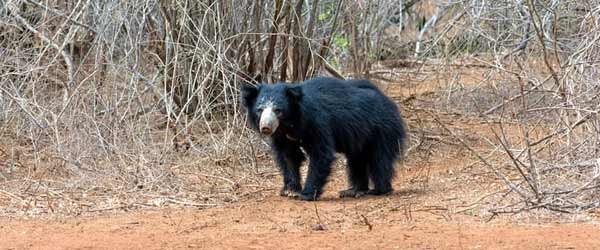
Jaisamand Sanctuary, Udaipur
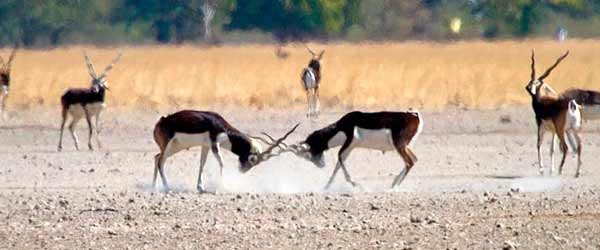
Tal Chhapar Sanctuary
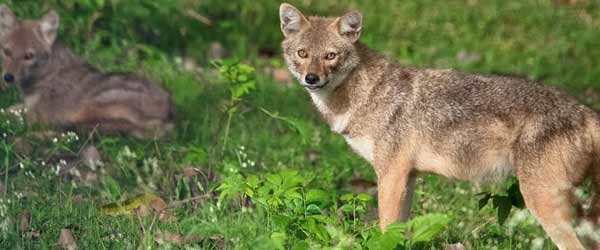
Bassi Wildlife Sanctuary
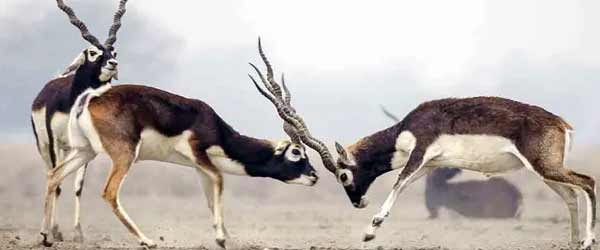
Gajner Wildlife Sanctuary
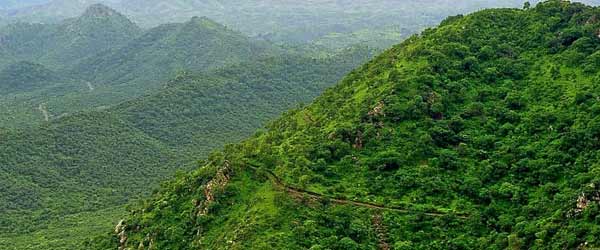
Sajjangarh Wildlife Sanctuary
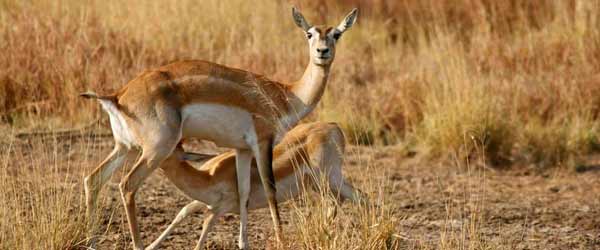
Todgarh Raoli Wildlife Sanctuary
 +91 9549279999
+91 9549279999 